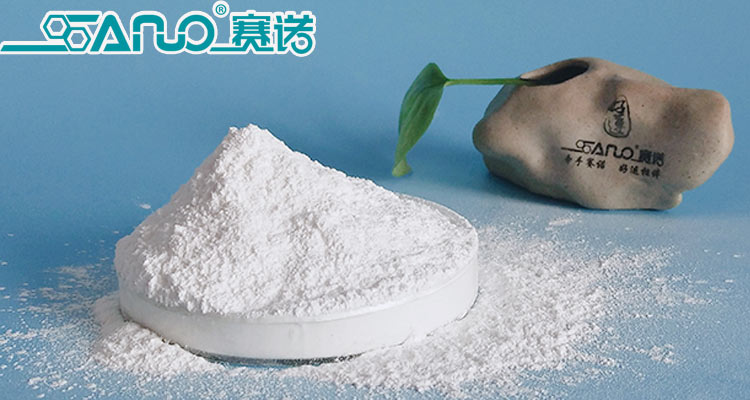Additives commonly used in plastic color matching include dispersant, lubricant(EBS, pe wax, pp wax), diffusion oil, coupling agent, compatibilizer and so on. Commonly encountered resin additives include flame retardant, toughening agent, brightener, anti ultraviolet agent, antioxidant, antibacterial agent, antistatic agent, etc. The most common fillers are fillers for cost reduction or physical modification, such as light calcium carbonate, heavy calcium carbonate, talc powder, mica, kaolin, silica, titanium dioxide, red mud, fly ash, diatomite, wollastonite, glass beads, barium sulfate, calcium sulfate, as well as organic fillers, such as wood powder, corn starch and other agricultural and forestry by-products. Filling and reinforcing materials include glass fiber, carbon fiber, asbestos fiber, synthetic organic fiber, etc.
1. Dispersants and lubricants
Dispersant types include: fatty acid polyurea, Hydroxystearate, polyurethane, oligomeric soap, etc.
At present, the commonly used dispersant in the industry is lubricant. The lubricant has good dispersion, and can also improve the fluidity and demoulding performance of plastics during molding.
Lubricants are divided into internal lubricants and external lubricants. Internal lubricants have certain compatibility with resin, which can reduce the cohesion between resin molecular chains, reduce melt viscosity and improve fluidity. The compatibility between the external lubricant and the resin is poor. It attaches to the surface of the molten resin to form a lubricating molecular layer, so as to reduce the friction between the resin and the processing equipment.
Lubricants are mainly divided into the following categories according to chemical structure:
(1) Hydrocarbons such as paraffin wax, polyethylene wax (EVA wax), polypropylene wax (PP wax), micro powder wax, etc.
(2) Fatty acids. Such as stearic acid, hydroxystearic acid.
(3) Fatty acid amides and esters. Such as ethylene bis-stearamide (EBS), butyl stearate, oleic acid amide, etc. EBS is applicable to all thermoplastic and thermosetting plastics, mainly for dispersion and lubrication.
(4) Metal soaps. For example, barium stearate, zinc stearate, calcium stearate, cadmium stearate, magnesium stearate, lead stearate, etc. have both thermal stability and lubrication.
(5) Lubricant for demoulding. Such as polydimethylsiloxane (methyl silicone oil), polymethylphenylsiloxane (phenylmethyl silicone oil), polydiethylsiloxane (ethyl silicone oil), etc.
In the injection process, when dry coloring is used, the surface treatment agents such as white mineral oil and diffusion oil are generally added in the process of mixing, and the functions of adsorption, lubrication, diffusion and demoulding are added. First add surface treatment agent and shake well, then add toner and shake well.
When selecting, the temperature resistance of the dispersant shall be determined according to the molding temperature of plastic raw materials. In principle, if the dispersant can be used at medium and low temperature, the dispersant with high temperature resistance shall not be selected from the perspective of cost. High temperature dispersant shall be resistant to above 250 ℃.
Different dispersants and lubricants also need to be added during toner modification. Table 1 lists the lubricants applicable to some resin raw materials.
2. Coupling agent and compatibilizer
Coupling agent can improve the affinity between pigment and resin. For example, coupling agent treatment of inorganic pigments such as carbon black and titanium white can significantly improve their dispersion in resin. When preparing color masterbatch, adding coupling agent and compatibilizer can improve the affinity between the carrier and the resin used, make it closely combine, and improve the processing fluidity and dispersion.
When using modified materials (such as PP + glass fiber) or adding filler masterbatch, adding coupling agent and compatibilizer can not only enhance the affinity between resin and filler (such as calcium carbonate, glass fiber, etc.), but also increase fluidity.
The main types of coupling agents are silane coupling agent, titanate coupling agent, etc.
Compatibilizers can improve and increase the compatibility of two different resins. For example, polycaprolactone (PCL) can be used between phenylenenitrile styrene copolymer (SAN) and polycarbonate (PC).
3. Other resin modifiers
Other resin modifiers include glass fiber, flame retardant, toughener, brightener, anti ultraviolet agent, antioxidant, antibacterial agent and antistatic agent. Fillers include calcium carbonate, talc powder, mica, etc. sometimes various chemical modifications (such as copolymerization, crosslinking, grafting), physical modifications (filling, reinforcement, blending or adding additives) or direct blending of modified materials during production (such as PP + PE, 1:1 ratio production).
Qingdao Sainuo Chemical Co.,Ltd. We are manufacturer for PE wax, PP wax, OPE wax, EVA wax, PEMA, EBS,Zinc/Calcium Stearate…. Our products have passed the REACH, ROHS, PAHS, FDA testing. Sainuo rest assured wax, welcome your inquiry! Website:https://www.sanowax.com
E-mail:sales@qdsainuo.com
sales1@qdsainuo.com
Adress:Room 2702,Block B, Suning Building, Jingkou Road, Licang District, Qingdao, China
Post time: Nov-09-2021

